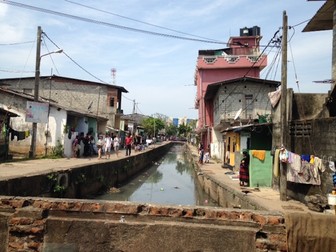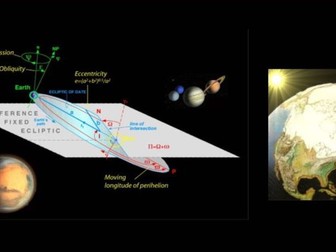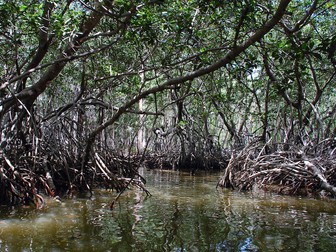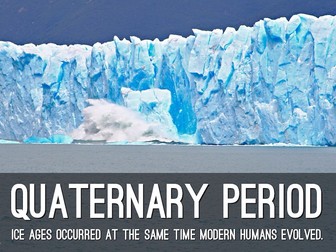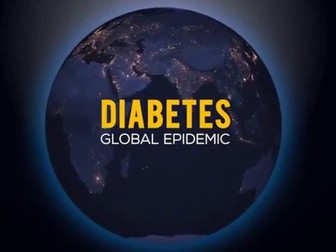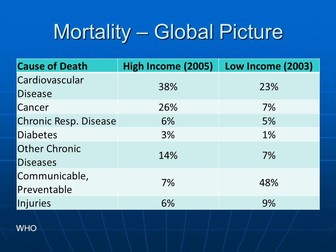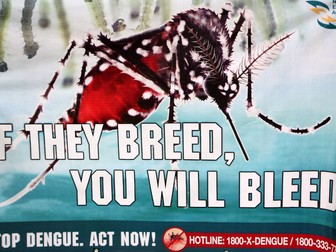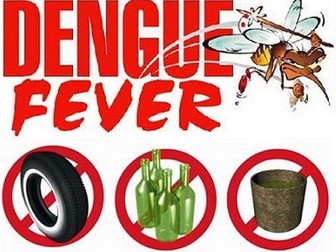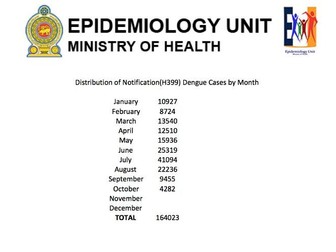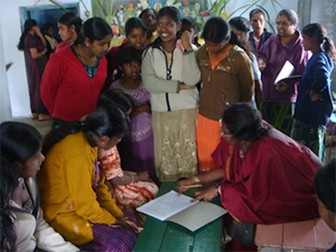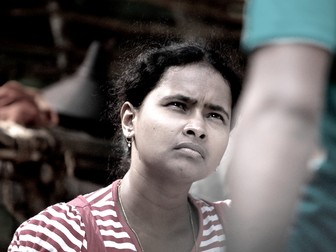Case Study: A profile of Low Income Settlements in Colombo Sri Lanka
This Case Study is a detailed contemporary analysis of low income settlements and is for students of A level geography following the following specifications: OCR, AQA, I.B. (dip) and C.I.E. It would even be appropriate for the new 9-1 GCSE spec for your high achievers predicted 8/9 as a flipped learning task or to supplement classwork. It serves as a further reading or 'stretch and challenge' task. <br />
<br />
It can be used as a stand alone case study when answering examination questions or as a springboard for further research into urban poverty and deprivation in the developing world. Teachers can also set questions for extension work in class or homework using the material in the study. It avoids the generalisations and stereotyping which typifies a lot of text book material much of which is out of date by the time it is published.
